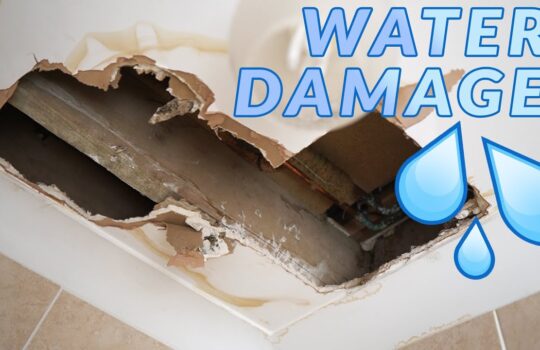Clogged or slow-draining utility sinks are a common issue in many households and businesses. Utility sinks are typically located in areas of high traffic, such as laundry rooms, kitchens, and bathrooms. While they are designed to be durable and efficient, they are prone to clogs and slow drainage, due to their frequent use.
Identifying a Clog
The first step in fixing a clogged or slow-draining utility sink is to identify the cause of the clog. Common causes of clogs in utility sinks include:
- Hair and other debris
- Soap scum
- Grease and oils
- Food particles
If the sink is slow-draining, it is likely due to a partial clog. A complete clog will cause the sink to stop draining completely.
Using a Plunger
The simplest way to unclog a utility sink is to use a plunger. Start by running hot water into the sink for a few minutes to loosen the clog. Once the water is running freely, place the plunger over the drain and plunge vigorously for several minutes. If the clog is cleared, run hot water into the sink for a few more minutes to flush out any remaining debris.
Using a Drain Snake
If a plunger does not work, a drain snake may be used to clear the clog. A drain snake is a long, flexible tool that is inserted into the drain to clear away debris. Insert the snake into the drain and work it in and out until the clog is cleared. If the clog is too far down the drain to be reached by the snake, it may be necessary to remove the drain trap and snake the drain from that end.
Using Chemical Cleaners
Chemical cleaners are another option for unclogging a utility sink. These cleaners are designed to dissolve clogs and can be found in most home improvement stores. Follow the directions on the package carefully to ensure safe use of the product. It is important to wear protective gloves and eyewear when using chemical cleaners.
Preventing Clogs
The best way to prevent clogs in a utility sink is to be mindful of what is put down the drain. Avoid pouring grease, oils, and food particles down the drain, as these can build up and cause clogs. It is also important to keep the drain trap clean, as this can help prevent clogs from forming.
Regular Maintenance
Regular maintenance can help keep a utility sink running smoothly. Inspect the drain trap periodically and remove any debris that has accumulated. Cleaning the drain trap regularly can help prevent clogs from forming.
Clogged or slow-draining utility sinks can be a nuisance, but with proper maintenance and care, they can be kept in good working condition. Identifying the cause of the clog and using the appropriate tools and cleaners can help keep the sink running smoothly.









